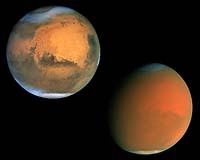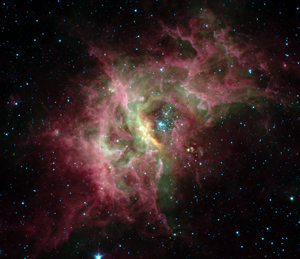OF THE
TIMES

|
| ©n/a |
| Key activities in the next few weeks will include checkouts of science instruments, radar and the communication system that will be used during and after the landing. |

|
| ©NASA/JPL-Caltech |
| The nebula RCW49 is a nursery for newborn stars and exists in circumstellar space, where chemistry is done for the very first time. |